Verein zur Bekämpfung chronischer Infektionskrankheiten e.V.

Robert C Bransfield, MD, DLFAPA
Clinical Assoc Prof RWJ-UMDNJ Medical School
President International Lyme & Associated Diseases Society
10th Psychoimmunology Expert Meeting – Ulm University,
Wissenschaftszentrum der Universität Ulm Schloss Reisensburg,
Günzburg, 14/11/09

Bransfield RC. Pediatric Health. April 2009, Vol. 3, No. 2, Pages 125-140
Jones CR, Smith H, Gibb E, Johnson L. Gestational Lyme Disease Case studies of 102 Live Births. Lyme Times 2005:34–6. Summer.
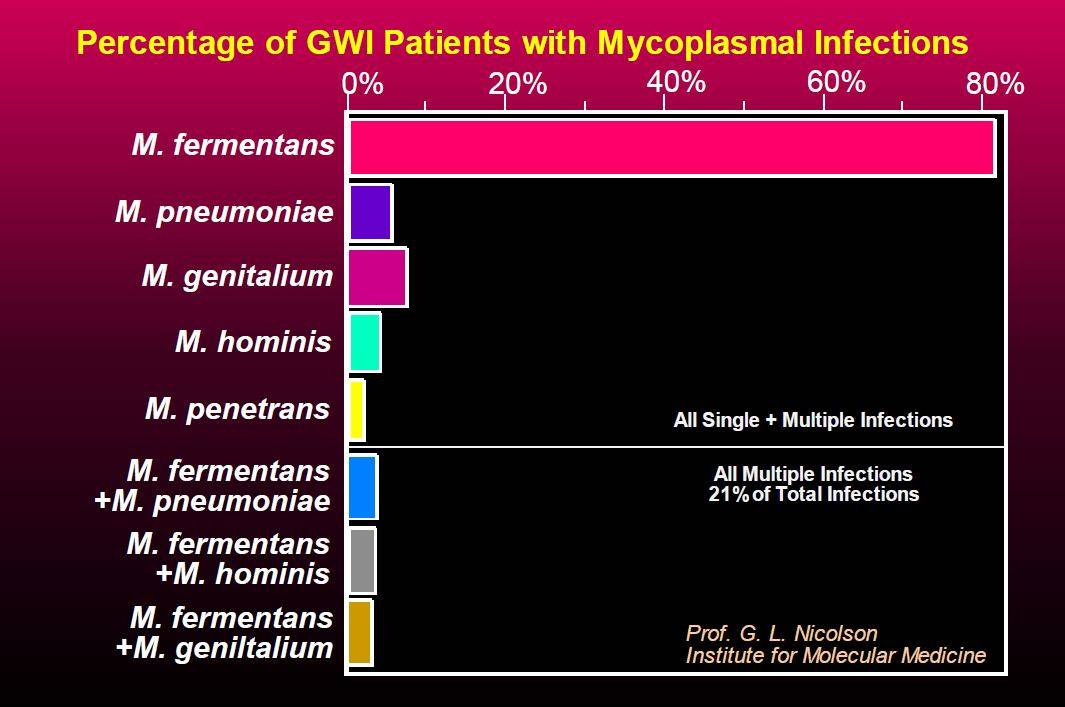
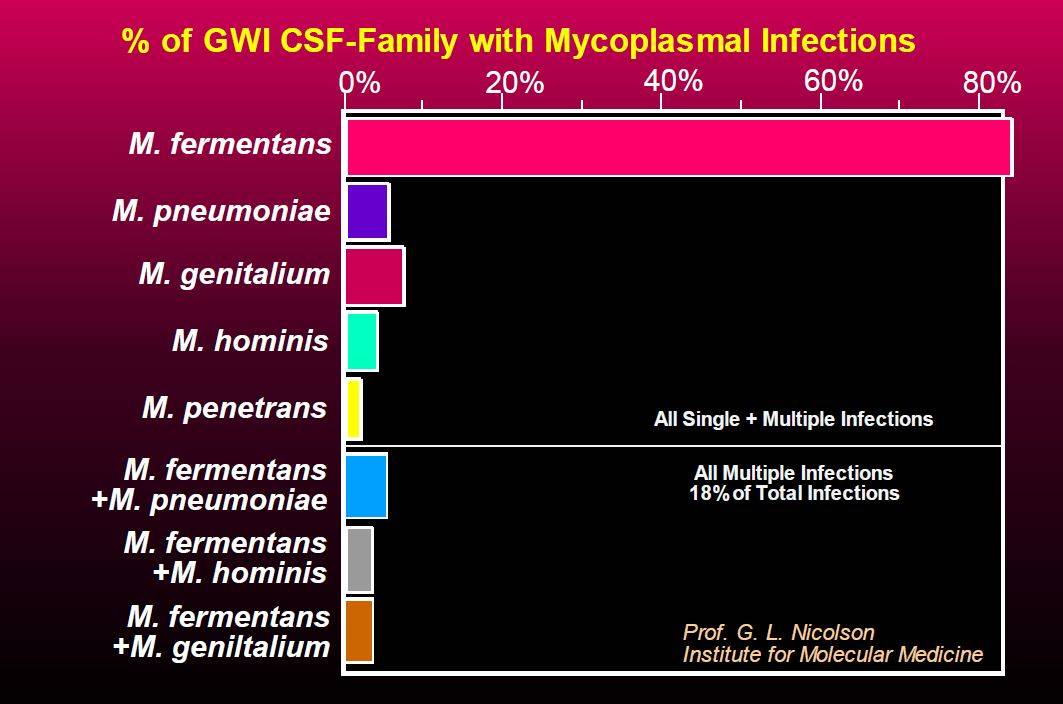
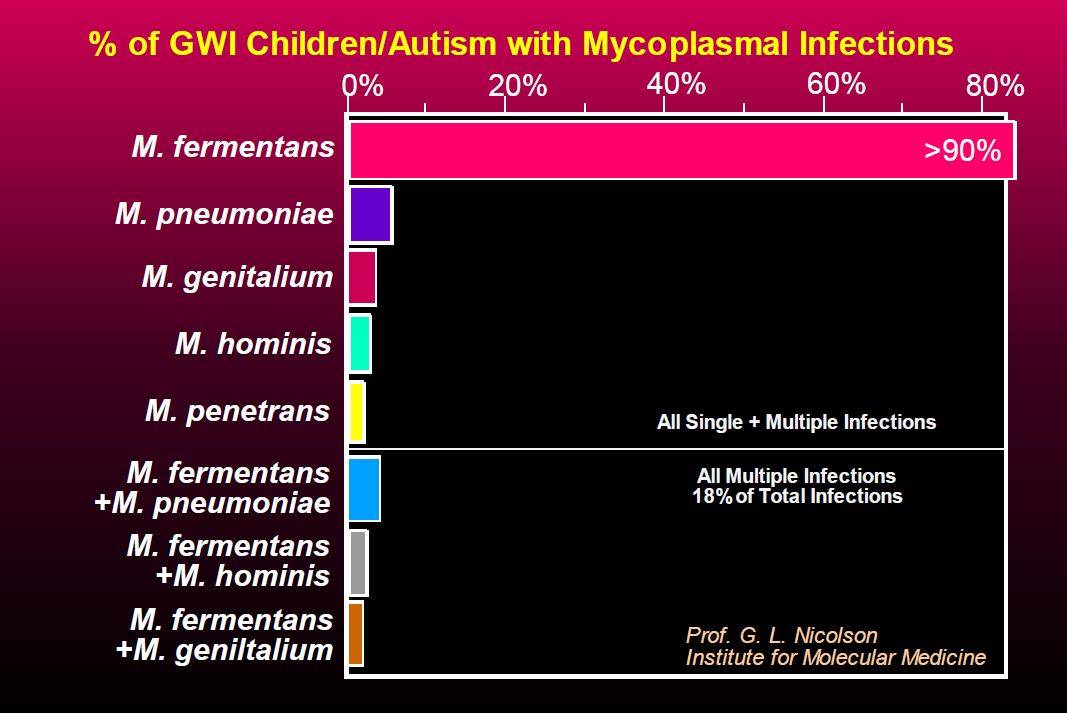
1. Minnesota
2. Oregon
3. Indiana
4. Maine
5. Massachusetts
6. Michigan
7. California
8. Maryland
9. Connecticut
10, Wisconsin
11. Rhode Island
12. New Jersey
13. Pennsylvania
14. Hawaii
15. Virginia
1. Delaware
2. Connecticut
3. New Jersey
4. Massachusetts
5. Pennsylvania
6. New York
7. Wisconsin
8. Maryland
9. New Hampshire
10. Maine
11. Minnesota
12. Vermont
13. Rhode Island
14. Virginia
15. West Virginia
1. Mississippi
2. Alabama
3. West Virginia
4. Louisiana
5. Kentucky
6. Tennessee
7. Arkansas
8. Indiana (tie for 8th)
8. South Carolina
10. Texas
11. Michigan
12. Georgia
13. Oklahoma
14. Missouri
15. Alaska
CDC & IDEA
Brown A & CDC
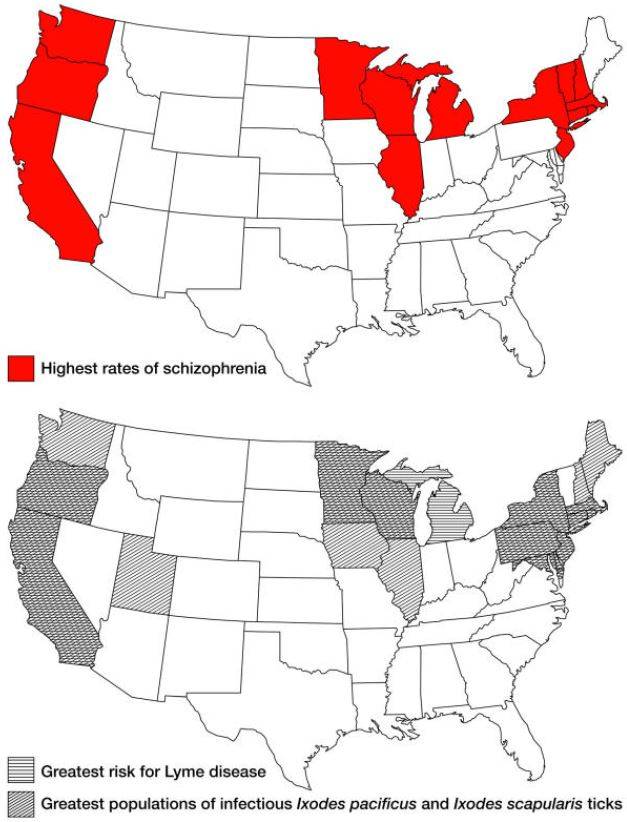
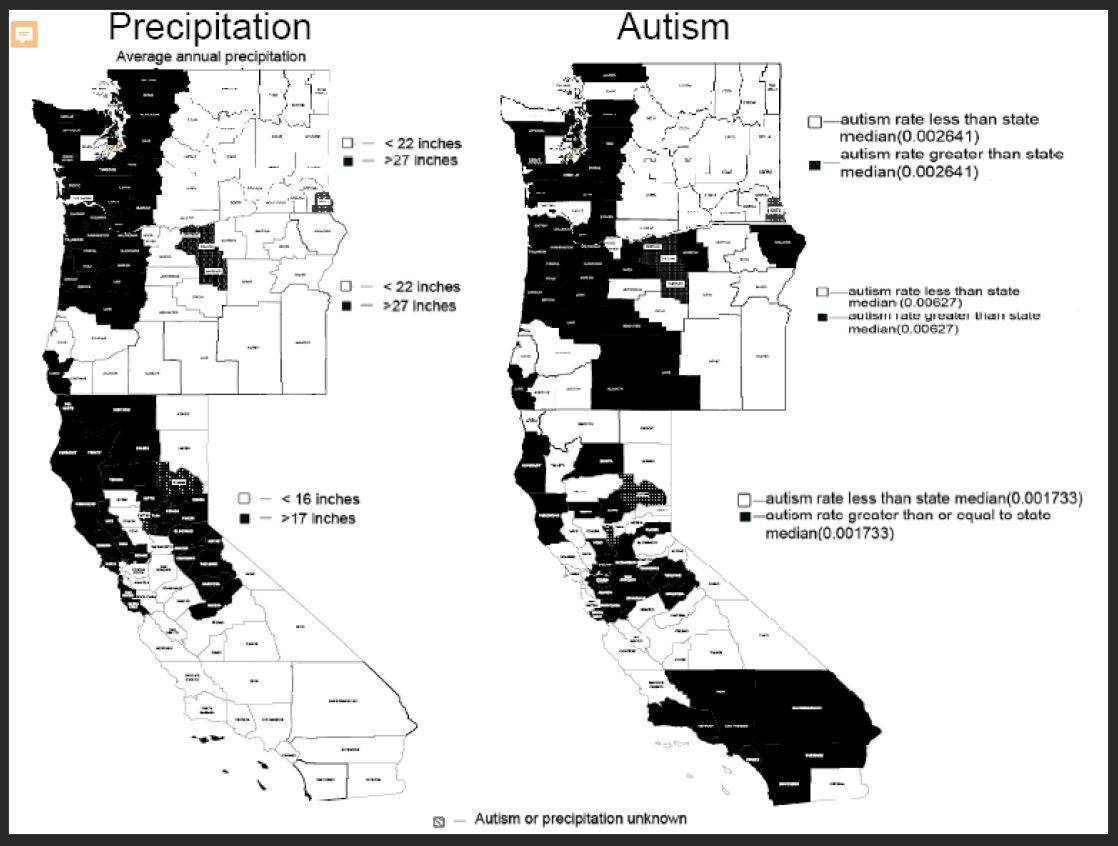
Bransfield. Pediatric Health
• Babesia
• Bartonella
• Blastocystis
• Borna (animal model)
• Borrelia burgdorferi and other tick-borne diseases
• Chlamydiapneunomiae
• Cytomegalovirus
• Ehrlichia
• Herpes simplex
• Human Herpesvirus-6
• Herpesvirus family
• Mycoplasma fermentans
• Mycoplasma genitalium
• Mycoplasma hominis
• Mycoplasma pneumoniae
• Plasmodium (malaria)
• Rubella
• Rubeola
• Shigella
• Taenia solium (Neurocysticercosis)
• Toxoplasma gondii(Toxoplasmosis)
• Treponema pallidum pallidum(Syphilis)
• Varicella
• Unknown viral and other infectious
• XMRV(unpublished)
Bransfield RC. Pediatric Health. April 2009, Vol. 3, No. 2, Pages 125-140.
• Babesia
• Bartonella
• Blastocystis
• Borrelia burgdorferi
• Chlamydia pneumoniae
• Cytomegalovirus
• Ehrlichia
• Herpes simplex
• Herpes virus family
• Human heprevirus-6
• Mycoplasma fermentans
• Mycoplasma genetalium
• Mycoplasma hominis
• Mycoplasma pneumoniae
• Plasmodium
• Taenia solium
• Toxoplasma gondaii
• Treponema pallidum pallidum
• XMRV (unpublished)
Bransfield. Pediatric Health
• A combination of inflammatory and autoimmune pathophysiology.
• Elevated TNF and IL-6 & reduced NKC
• Antibodies against neural tissue
• Microglial activation
• Oxidative stress
• Greater susceptibility to herpes and other viral infections
• HLA-DR4 genotypes frequently
• Brain developmental processes (i.e. cell proliferation, migration, differentiation, synaptogenesis, myelination, and apoptosis) occur at vulnerable periods during the development of the nervous system and are sensitive to environmental insults that can contribute to autism.
• Here we show that the cytokine interleukin-6 (IL-6) is critical for mediating the behavioral and transcriptional changes in the offspring. A single maternal injection of IL-6 on day 12.5 of mouse pregnancy causes prepulse inhibition (PPI) and latent inhibition (LI) deficits in the adult offspring. Moreover, coadministration of an anti-IL-6 antibody in the poly(I:C) model of MIA prevents the PPI, LI, and exploratory and social deficits caused by poly(I:C) and normalizes the associated changes in gene expression in the brains of adult offspring. Finally, MIA in IL-6 knock-out mice does not result in several of the behavioral changes seen in the offspring of wild-type mice after MIA. The identification of IL-6 as a key intermediary should aid in the molecular dissection of the pathways whereby MIA alters fetal brain development, which can shed new light on the pathophysiological mechanisms that predispose to schizophrenia and autism.
Stephen EP et al. The Journal of Neuroscience, October 3, 2007, 27(40):10695-10702
• Rhesus monkeys gestationally exposed to IgG class antibodies from mothers of children with ASD consistently demonstrated increased whole-body stereotypies across multiple testing paradigms. These monkeys were also hyperactive compared to controls.
Martin et al. Brain Behav Immun. 2008 Feb 7 [Epub ahead of print]
– Prenatal exposure of pregnant mice on Day 9 of pregnancy to influenza virus has both short-term and long-lasting deleterious effects on developing brain structure in the progeny as evident by altered pyramidal and nonpyramidal cell density values; atrophy of pyramidal cells.
– Moreover, abnormal corticogenesis is associated with development of abnormal behavior in the exposed adult mice.
Fatemi SH, Earle J, Kanodia R, Kist D, Emamian ES, Patterson PH, Shi L, Sidwell R. Cell Mol Neurobiol. 2002 Feb;22(1):25-33.
• SPECT scans of a mother with LYD/TBD and her three children with ASD.
• 4 generations of Lyme disease and multiple coinfections.
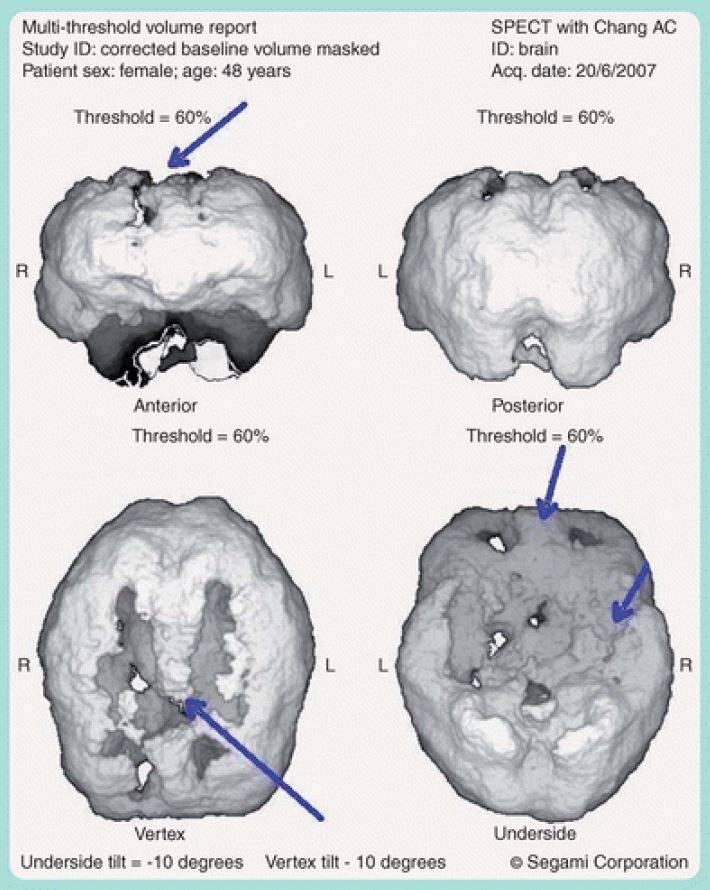
• Mother, 48: There is an extensive hypoperfusion pattern, prominently in the cerebral cortices and much of the frontal lobes, with a lesser degree in the temporal lobes and a small degree hypoperfusion in the cerebellum.The hypoperfusion is moderately extensive and is likely associated with toxic, inflammatory and infectious processes. There is hyperperfusion of the Basal Ganglia, which is associated with anxiety and mood dysregulation. The diagnosis is chronic fatigue syndrome, multiple sclerosis, depression and possible congenital Lyme disease.
Lab testing was positive for Borrelia burgdorferi, Babesia duncani, Bartonella henselae, Mycoplasma fermentans, HHV-6, EBV, high anti-streptolysin o titre and gamma Strepin stool.
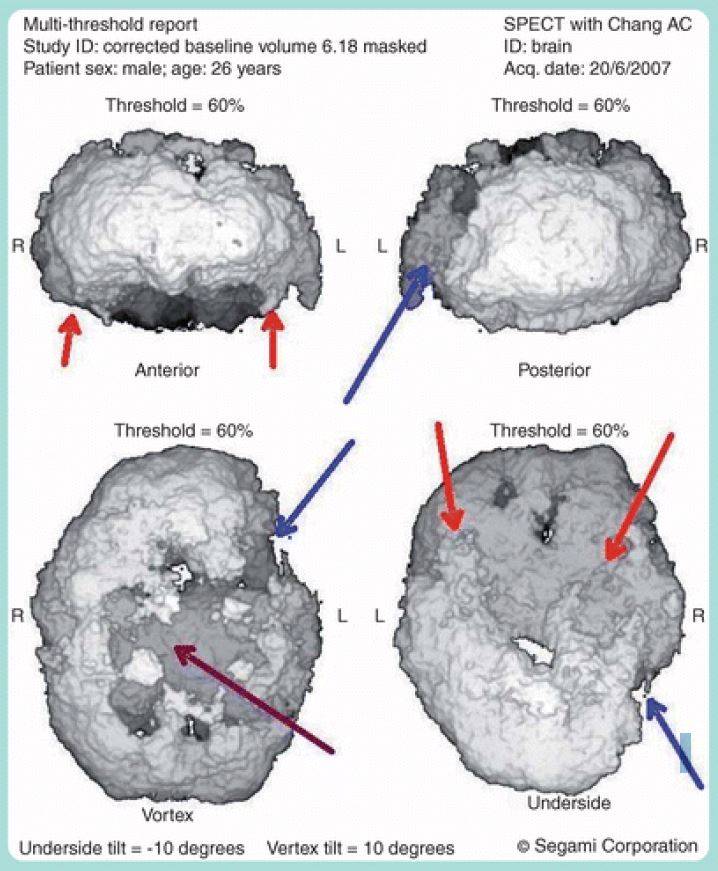
• Son, 26: Some motion artifacts, however significant hypoperfusion pattern is both focal as well as generalized. The focal pattern is throughout the cerebral cortex bilaterally and the cerebellar hemispheres (which demonstrate atrophy on MRI) There is mild hyperperfusion of the basal ganglia and a focally intense hypeperfusion area in the deep white matter of the temporal lobe.There is a hyperperfusion pattern involving the temporal lobes and cerebellar hemispheres. The focal decrease is more suggestive of etiologies that would include hypoxic, neuroimmune, traumatic factors, infectious andinflammatory. There is a hyperperfusion pattern of the basal ganglia which may be associated with element of anxiety, whereas the focal intense areas can be associated with present interictal seizure focus and is clinically significant as the present dose of anticonvulsant is not controlling this area. The patient is low functioning with autism spectrum disorder since two years, grand mal seizures, movement disorder, ataxia, hypotonia, megacolon, possible mitochondrial disorder, mild hypergammaglobulenmia and syncope.
Lab testing was positive for Borrelia burgdorferi, Babesia duncani, Bartonella henselae, Mycoplasma fermentans, HHV-6, EBVand high strep titers; stool positive for Citrobacter fundii, Klebsialla p. and gamma Strep in stool.
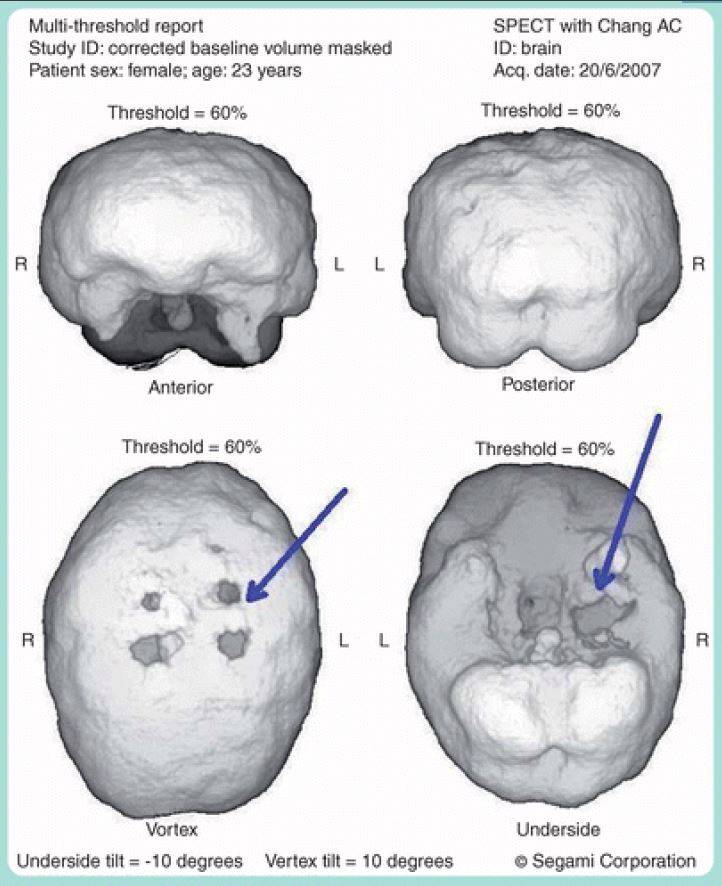
• Daughter, 23: There is an extensive hyperperfusion pattern in the cerebral cortices, temporal lobes and cerebellum and hypoperufsion of the frontal lobes and is likely associated with toxic, inflammatory and infectious processes. The diagnosis is Asperger’s, obsessive compulsive disorder, generalized anxiety, social anxiety disorder, depression, posttraumatic stress disorder from an auto accident, possible narcolepsy, tremors, cardiac disease, myocardial infarction, osteopenia, arthritis and psuedo rhematoid nodules since 5 years of age.
Lab testing was positive for Borrelia burgdorferi, Anaplasma phagocytophilum, Mycoplasma fermentans, Homopholis, HHV-6, EBV, elevated Strep titres; stool was positive for Toxoplasmosis, Cornybacteriaand gamma Strep.
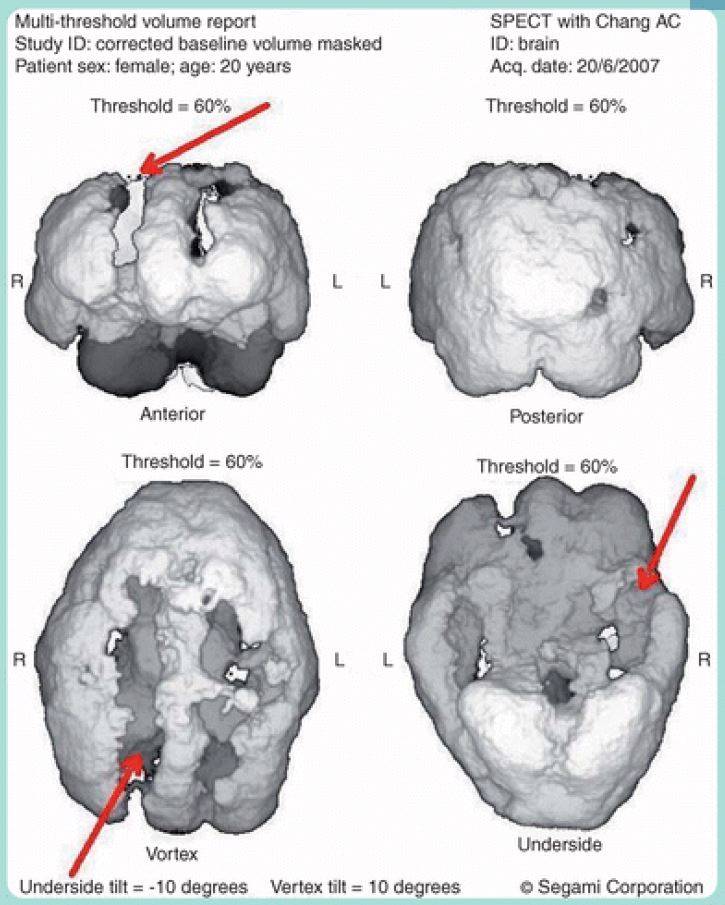
• Daughter, 20: there is extensive hypoperfusion in the frontal lobes, temporal lobes and to a lesser degree to the occipital lobes and slightly to the cerebellum.There is hyperperufsion in the right cerebellar hemisphere. The hypoperfusion is likely associated with neuroinflammatory, neuroimmunological, infectious and toxic substance exposure. There is a seizure focus with hyperperfusion in the right cerebellar hemisphere. The diagnosis is autism spectrum disorder since 14 months, petit mal seizure disorder, hypotonia, perceptual impairments, and anxiety.
Lab testing was positive for Borrelia burgdorferi, Bartonella henselae, Mycoplasma fermentans, HHV-6; stool positive for Parvo/B-19, Klebsiella, p., Citrobacter f. and gamma Strep.
• The weighted current ASD point-prevalence was 11 per 1000. We estimate that 673,000 US children have ASD.[1]
• According to background information in the study, the life-time healthcare costs for a person with autism are estimated to be more than $16million.[1]
• Chronic infections may be a contributor in well over 50% which would be trillions of dollars.
1. Kogan MD, Blumberg SJ, Schieve LA et al. Pediatrics. 2009 Oct 5.
• Anti-malarial agent artesunate inhibits TNF-alpha-induced production of proinflammatory cytokines via inhibition of NF-kappaB and PI3 kinase/Akt signal pathway in human rheumatoid arthritis fibroblast-like synoviocytes.
• RESULTS: Artesunate decreased the secretion of IL-1beta, IL-6 and IL-8 from TNF-alpha-stimulated rheumatoid arthritis (RA) fibroblast-like synoviocytesRA FLS in a dose-dependent manner. Artesunate also prevented TNF-alpha-induced nuclear NF-kappaB translocation, DNA-binding activity and gene transcriptionalactivity, as well as phosphorylation and degradation of IkappaBalpha, but phosphorylation of p38 mitogen-activated protein kinase, extracellular signal-regulated kinase and c-Jun N-terminal kinase were unaffected. The production of IL-1beta, IL-6 and IL-8 induced by TNF-alpha was decreased by pyrrolidine dithiocarbamate (PDTC), a chemical inhibitor of NF-kappaB. These observations suggest that artesunate inhibits production of IL-1beta, IL-6 and IL-8 through inhibition of NF-kappaB signalling pathway. We also showed that artesunate prevented Akt phosphorylation. TNF-alpha-induced production of IL-1beta, IL-6 and IL-8 was hampered by treatment with the phosphatidylinositol 3 (PI3) kinase inhibitor LY294002, suggesting that inhibition of Akt activation might inhibit IL-1beta, IL-6 and IL-8 production induced by TNF-alpha. CONCLUSIONS: Our results indicate that artesunate exerts an anti-inflammatory effect in RA FLS and provide the evidence that artesunate may have therapeutic potential for RA.
Opinion expressed by Judy Mikovitz
Xu H, He Y, Yang X, et al. Rheumatology (Oxford). 2007 Jun;46(6):920-6.
• “Vaccinating a pregnant woman may be risky if her immune response interferes with neuronal growth in her unborn baby’s brain.”
Wenner M. Infected with insanity. Scientific American Mind. April/May 2008
• Immune reactivity in the mother, fetus and child appear to adversely effect developing neural tissue and contribute to the pathophysiology associated with autism spectrum disorders. This reactivity can be evoked by a number of causes including both acute and persistent infections such as Anaplasma,Babesia, Bartonella, Borrelia burgdorferi, Chlamydia pneumoniae, Ehrlichia, Human heprevirus-6,Mycoplasma (in particular Mycoplasma fermentans) and XMRV.Possible pathophysiological mechanisms include both inflammatory processes as well as autoantibodies to developing neural tissue.
• In response to these findings, it is advisable to effectively prevent, diagnose and treat chronic infections in women who are planning on becoming pregnant or who are pregnant, especially if they demonstrate symptoms of an infection or a systemic illness with persistent inflammatory symptoms.
“Claude Bernard was right, I was wrong. The germ is nothing, the environment is everything.”
Louis Pasteur on his deathbed